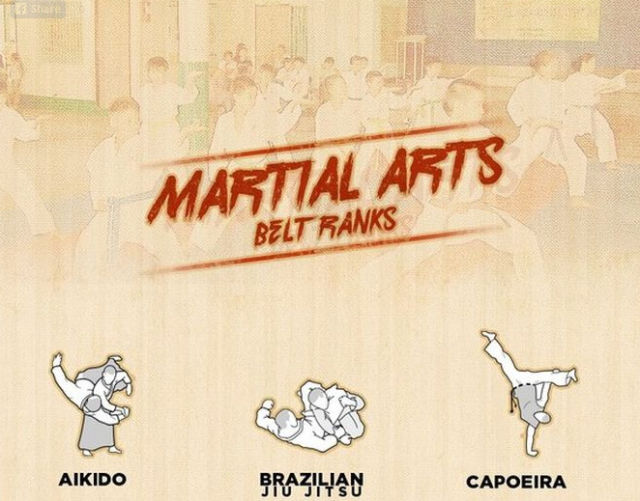Standard Martial Arts Vs. Modern Combat Sports: Comprehending The Key Distinctions
Standard Martial Arts Vs. Modern Combat Sports: Comprehending The Key Distinctions
Blog Article
Post Produced By-Camp Haagensen
When you think about martial arts, do you lean much more towards the traditional practices or the modern fight sports? Each course offers unique advantages and experiences, shaped by their philosophies and training techniques. Conventional martial arts highlight individual growth and technique, while modern-day fight sporting activities focus on competitors and efficiency. Understanding martial arts punching board can guide you in selecting the ideal strategy for your trip. However how do these distinctions manifest in training and philosophy?
The Philosophy and History Behind Conventional Martial arts
While many people associate martial arts with physical battle, the viewpoint and history behind traditional martial arts run much deeper. You'll find that these techniques stress personal growth, discipline, and regard.
Stemming from old techniques, standard martial arts were frequently created for Self-Defense and spiritual growth. They symbolize concepts such as balance, harmony, and self-discipline, directing specialists beyond mere fighting skills.
As you educate, you'll not just find out methods but also acquire understandings right into the society and values that shaped these arts. The routines and practices, typically given via generations, promote a sense of community and belonging.
The Competitive Nature of Modern Battle Sports
Modern battle sporting activities have transformed the landscape of martial arts right into a highly affordable arena, where professional athletes face off in an examination of skill, approach, and endurance.
https://www.10news.com/news/celebrating-community/teaching-others-about-filipino-martial-arts 'll observe that competitors are typically organized with strict policies and laws, making certain fair game and safety and security. These occasions draw in huge target markets, fueling the excitement and intensity of matches.
Professional athletes train carefully, not just for physical prowess however also for mental durability, recognizing that every detail counts in the ring. The adrenaline thrill throughout competitions is apparent, as boxers push their limits to declare success.
Fans value the athleticism and virtuosity involved, making contemporary combat sporting activities a thrilling spectacle that remains to develop and astound lovers around the world.
Training Methods and Techniques: A Comparative Analysis
The affordable environment of modern-day combat sporting activities demands ingenious training approaches that vary significantly from standard martial arts.
In modern training, you'll focus on specific methods, sparring, and conditioning, typically making use of drills that imitate real battle circumstances. You'll see an emphasis on measurable efficiency and regular competitors to evaluate your abilities.
In martial arts kid friendly definition , traditional martial arts prioritize types, katas, and thoughtful teachings, commonly highlighting discipline and regard over competitors.
Training is normally much less extreme and may entail repeated technique rather than real-time sparring.
While both methods construct ability and physical fitness, modern combat sporting activities offer a more vibrant and adaptable training environment, preparing you for immediate difficulties in the ring or cage.
Pick the path that aligns with your objectives and passions.
Final thought
In selecting in between typical martial arts and modern combat sports, it truly boils down to what you value many. If you're searching for personal growth, discipline, and a feeling of community, typical arts might be your ideal fit. However if you grow on competition and real-time challenges, modern-day battle sporting activities could be the means to go. Ultimately, both courses provide special benefits, so it's all about aligning your training with your personal objectives and rate of interests.
